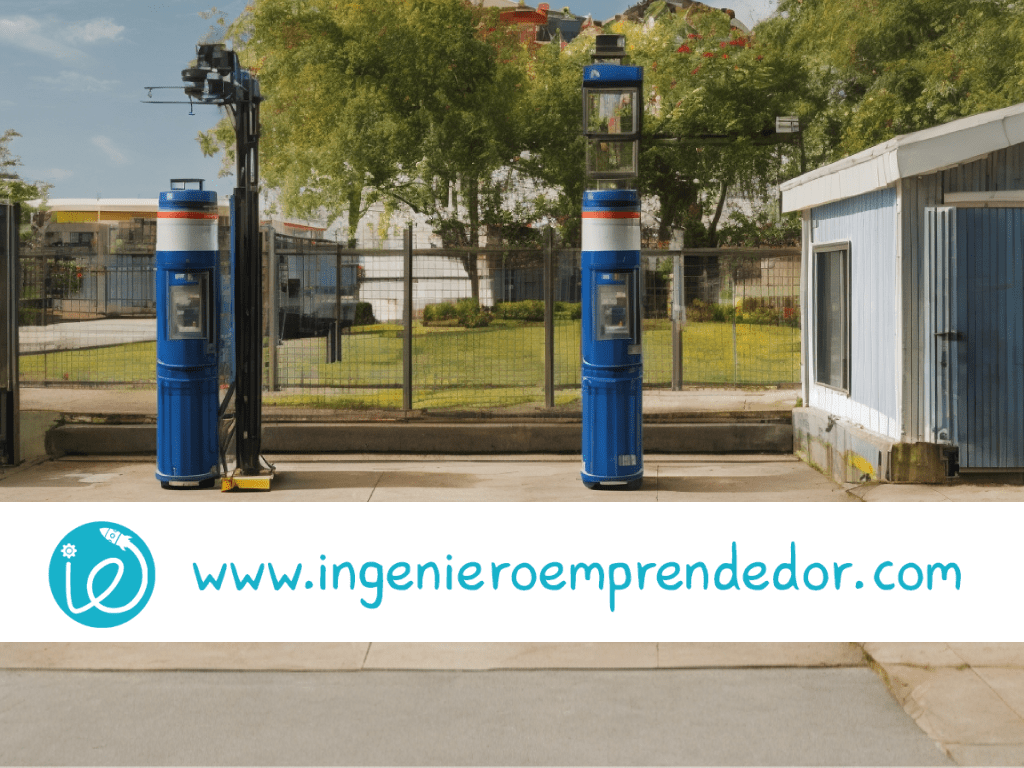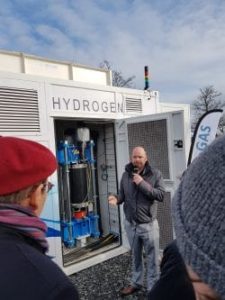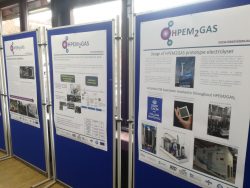The Explosive Combination: What Happens If You Mix Hydrogen With Gasoline?

Introduction
Hydrogen and gasoline are two widely used fuels, each with its advantages and disadvantages. However, in the context of looking for cleaner and more sustainable options, the question arises as to what happens if these two fuels are combined. In this article, we will explore the effects of mixing hydrogen with gasoline, looking at its technical implications, safety, and how this combination can impact the transportation industry and beyond.
Properties of hydrogen and gasoline
Before we get into the mixture of these two fuels, it is important to understand their individual properties. Hydrogen is highly flammable and, when combined with oxygen in the air, can cause a powerful reaction that releases energy and produces water as a by-product. On the other hand, gasoline is a petroleum-derived fuel with a high energy density and has been widely used in internal combustion engines.
Potential benefits of blending hydrogen with gasoline
Combining hydrogen with gasoline has the potential to offer some interesting benefits. By blending hydrogen with gasoline, combustion efficiency could be improved and carbon emissions reduced, which would be a compromise solution to reduce the carbon footprint of existing vehicles without requiring significant infrastructure changes.
Compatibility with combustion engines
In theory, it is possible to mix hydrogen with gasoline in an internal combustion engine. However, it is necessary to consider the differences in the properties of both fuels. Mixing hydrogen with gasoline would require adjustments to the air-fuel ratio and the injection system to ensure proper and safe combustion.
Improved efficiency and reduced emissions
Adding hydrogen to gasoline can increase combustion efficiency, as hydrogen has a faster burn rate and high thermal efficiency. This can result in better fuel utilization and consequently lower CO2 emissions and other pollutants.
Technical and economic challenges
Despite the potential benefits, blending hydrogen with gasoline faces technical and economic challenges. One of the main problems is the compatibility of the materials with hydrogen, since this can cause brittleness in certain engine components. Furthermore, the cost of producing and distributing hydrogen remains higher than that of conventional gasoline, posing a challenge for its mass adoption.
Security and storage
Hydrogen is highly flammable and, if not handled correctly, can pose significant safety risks. It is essential to ensure safe storage and handling of hydrogen to prevent leaks or explosions.
Applications in the transportation industry
Mixing hydrogen with gasoline has been tested in different vehicles, such as cars and motorcycles, as a way to improve efficiency and reduce emissions. However, its large-scale commercial adoption is still at an early stage due to the challenges mentioned above.
Other hydrogen applications
In addition to being mixed with gasoline, hydrogen is being used in other types of vehicles, such as hydrogen buses and trains. It is also being explored as a power source for fuel cells in electric vehicles and as large-scale renewable energy storage.
Conclusion
The mixture of hydrogen with gasoline presents an interesting possibility to improve efficiency and reduce emissions in internal combustion engines. Although the technology has potential, it still faces technical, economic, and security challenges that need to be addressed for mass adoption. As we move towards a more sustainable economy, hydrogen will continue to be a major player in the search for clean and efficient alternatives for the transportation industry and beyond. The future could bring us a more balanced mix of hydrogen and other renewable fuels to drive a greener and more environmentally conscious society.

























